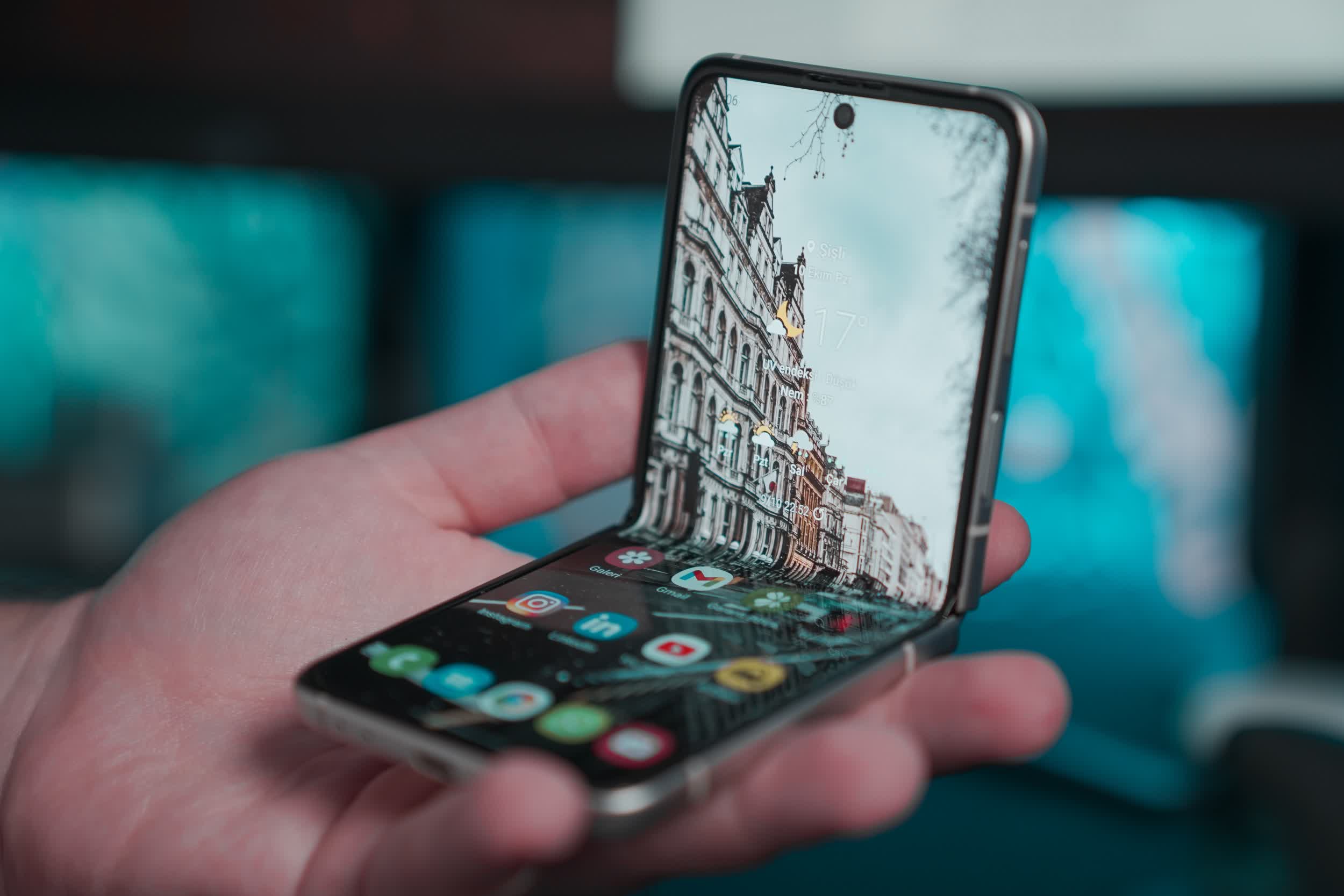The big picture: Data entry on early mobile devices was done exclusively via physical buttons. This method certainly had its advantages but also consumed a large amount of real estate. Touchscreens with digital keyboards that could come and go as needed eventually won out (RIP BlackBerry), but some still long for the tactile feel that physical buttons provide.
Researchers at Carnegie Mellon University are experimenting with forward-looking OLED panels that can physically change shape to simulate tactile buttons for text entry and more. The tech involves the use of miniaturized hydraulic pumps that move fluid and are individually controllable. They can be turned on or off like pixels on a screen as needed.
This is not the first time scientists have attempted such a solution, but this might be the most advanced approach yet as others have proven quite bulky. The entire prototype assembly measures less than five millimeters thick and weighs less than 40 grams. When fully activated, the "buttons" raise up five millimeters and are said to be durable enough to withstand user interaction.
The research team demonstrated several potential use scenarios. Aside from a basic keyboard, the tech could also be used to display numbers, icons, or emojis. They also show it being used in conjunction with a traditional OLED panel to raise up sections of the screen.

The tech is clearly still in an early state but the potential is there. Some might even argue that it is a better way to leverage flexible OLED panels than being able to fold your phone in half simply because the technology exists to do so. If refined and implemented correctly, it has a real shot at mimicking physical buttons while still being able to retain its flat state for other uses. Think of it as the best of both worlds.
The team's paper on the matter, Flat Panel Haptics: Embedded Electroosmotic Pumps for Scalable Shape Displays, is now available to read online should you want to learn more.
Image credit: Onur Binay